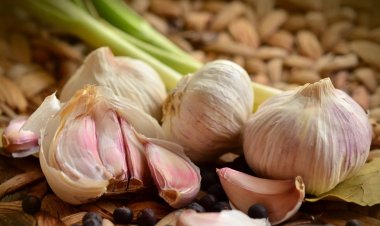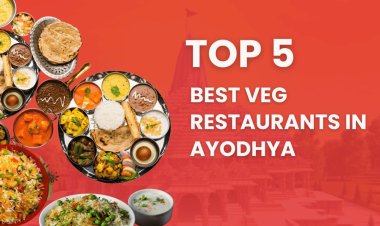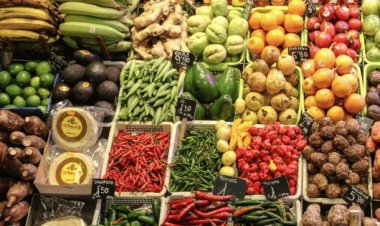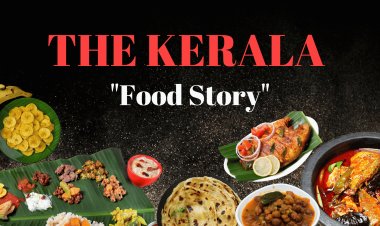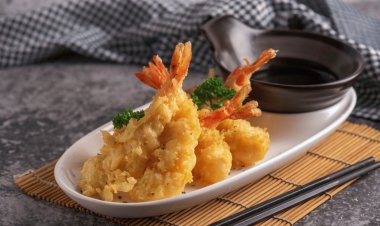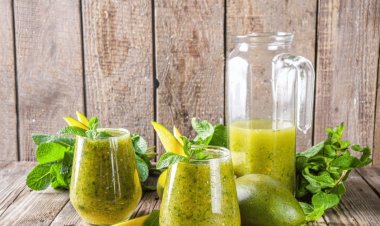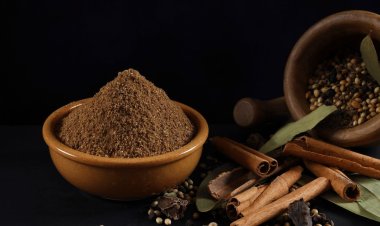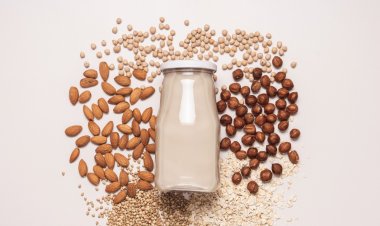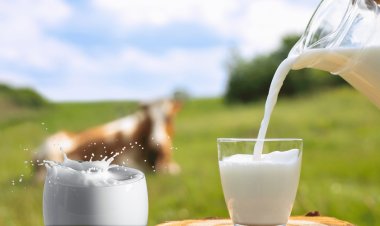What is Plant-Based Seafood? A Simple Guide to the Future of Fish (Without the Fish!)
Curious about plant-based seafood? Learn what it is, why it’s growing fast, how it’s doing in India, and whether it’s actually good for your health, the planet, and your plate.

What is Plant-Based Seafood?
Plant-based seafood refers to a growing category of food products designed to mimic the taste, texture, and nutritional value of conventional seafood—such as fish, prawns, and crab—using only plant-derived ingredients. These products are crafted from components like soy protein, pea protein, wheat gluten, algae, konjac root, and pulses, often flavored with seaweed or marine extracts to replicate that oceanic, umami-rich flavor profile.
This innovation is driven by rising consumer awareness of environmental issues, ethical eating, and the health impacts of animal-based diets. It caters especially to vegans, vegetarians, flexitarians, and eco-conscious consumers looking to enjoy seafood flavors without contributing to overfishing or ocean pollution.
Global Market Size of Plant-Based Seafood
The global plant-based seafood segment is expanding rapidly within the broader plant-based food industry. Though currently small in comparison to traditional seafood, its growth trajectory is sharp:
-
In 2023, the market was valued at around USD 81.4 million.
-
By 2032, it is projected to reach USD 853.7 million, growing at a CAGR of 29.5%.
-
Other estimates suggest even more aggressive growth—from USD 183.95 million in 2023 to USD 1.3 billion by 2031, reflecting a CAGR of 42.3%.
In contrast, the conventional seafood market stood at USD 176.35 billion in 2024, projected to hit USD 212.99 billion by 2033 at a slower CAGR of just 2.12%. Despite being a small fraction, plant-based seafood is clearly outpacing traditional seafood in growth rate due to shifting consumer priorities.
Plant-Based Seafood Market in India
In India, while specific numbers for plant-based seafood are limited, it’s a part of the broader plant-based meat category, which was:
-
Valued at USD 38.2 million in 2021.
-
Expected to grow to USD 836.2 million by 2028 at a remarkable CAGR of 54.7%.
Based on these numbers, seafood alternatives may currently represent USD 5–15 million, a small but emerging niche. This growth is largely concentrated in urban areas where awareness and disposable incomes are higher.
Meanwhile, India’s traditional seafood consumption is massive—22.3 million tons in 2024, expected to nearly double to 43.8 million tons by 2033, at a CAGR of 7.9%. Compared to this, plant-based seafood is still in its infancy but slowly gaining traction.
Drivers of Global Demand for Plant-Based Seafood
Several factors are contributing to global demand:
-
Environmental Concerns: With 90% of global fish stocks depleted or fully exploited, sustainable alternatives are urgently needed.
-
Health Awareness: Plant-based diets are linked to reduced risks of chronic diseases like heart conditions and cancer.
-
Growing Vegan Population: Around 80 million people globally identify as vegan, fueling demand for seafood alternatives.
-
Product Innovation: Brands like Konscious Foods and Sophie’s Kitchen are offering fish burgers, sushi rolls, and shrimp replacements in thousands of retail stores.
Demand Trends in India
India’s demand, while still emerging, is influenced by:
-
Cultural Curiosity: Vegetarian consumers are exploring seafood-like experiences without breaking dietary preferences.
-
Flexitarian Trends: Young urban Indians, especially millennials, are open to experimenting with new food options.
-
Health Priorities: Products offering plant-based omega-3s, protein, and low cholesterol are gaining attention.
-
Influence of Homegrown Brands: Indian startups like Blue Tribe Foods and Good Dot are driving awareness and accessibility.
However, price sensitivity, limited availability, and low awareness remain barriers.
Benefits of Plant-Based Seafood
Environmental Sustainability
-
Reduces Overfishing: Eliminates pressure on marine ecosystems and helps preserve biodiversity.
-
Lower Carbon Emissions: Traditional fishing emits ~179 million tons of CO2 annually. Plant-based versions can cut this by up to 90%.
-
Water & Land Use: Avoids the damaging impacts of fish farms and ocean trawling.
✅ Health Advantages
-
Free from Contaminants: No mercury, PCBs, or microplastics—common in seafood like tuna.
-
Heart Friendly: Algae-based omega-3s without cholesterol or saturated fats.
-
Customizable Nutrition: Can be fortified with B12, D, iron, or plant-based protein.
✅ Ethical & Allergen-Friendly
-
Animal Welfare: No marine life is harmed in the process.
-
Shellfish-Free: Safe for those with seafood allergies, which affect ~2.5% of adults.
✅ Economic & Culinary Versatility
-
Scalability: Can be produced year-round without seasonal limitations.
-
Creative Cuisine: From plant-based crab cakes to vegan sushi, these products suit diverse cuisines.
Challenges and Limitations
Cost and Availability
-
Expensive: Realistic textures created using extrusion or 3D printing can drive up prices—plant-based fish fillets may cost 2–3x more than conventional ones.
-
Limited Reach: Mostly confined to urban grocery chains, online stores, and niche cafés.
Taste and Texture Hurdles
-
Not Always Convincing: Some products fail to replicate the flakiness and taste of real seafood.
-
Cultural Resistance: Especially in India, where seafood holds deep culinary significance, especially in states like West Bengal, Kerala, and Goa.
Nutritional Concerns
-
Protein Variability: While traditional fish has ~20–30g protein per 100g, plant versions may be lower and less bioavailable.
-
Processing Levels: Some variants have high sodium (up to 800mg per serving) and additives.
Awareness and Education
-
Low Consumer Awareness: Especially in rural or non-metro areas in India.
-
Economic Competition: Cheaper protein sources like lentils, pulses, or actual fish dominate.
What's Your Reaction?
 Like
0
Like
0
 Dislike
0
Dislike
0
 Love
0
Love
0
 Funny
0
Funny
0
 Angry
0
Angry
0
 Sad
0
Sad
0
 Wow
0
Wow
0



























